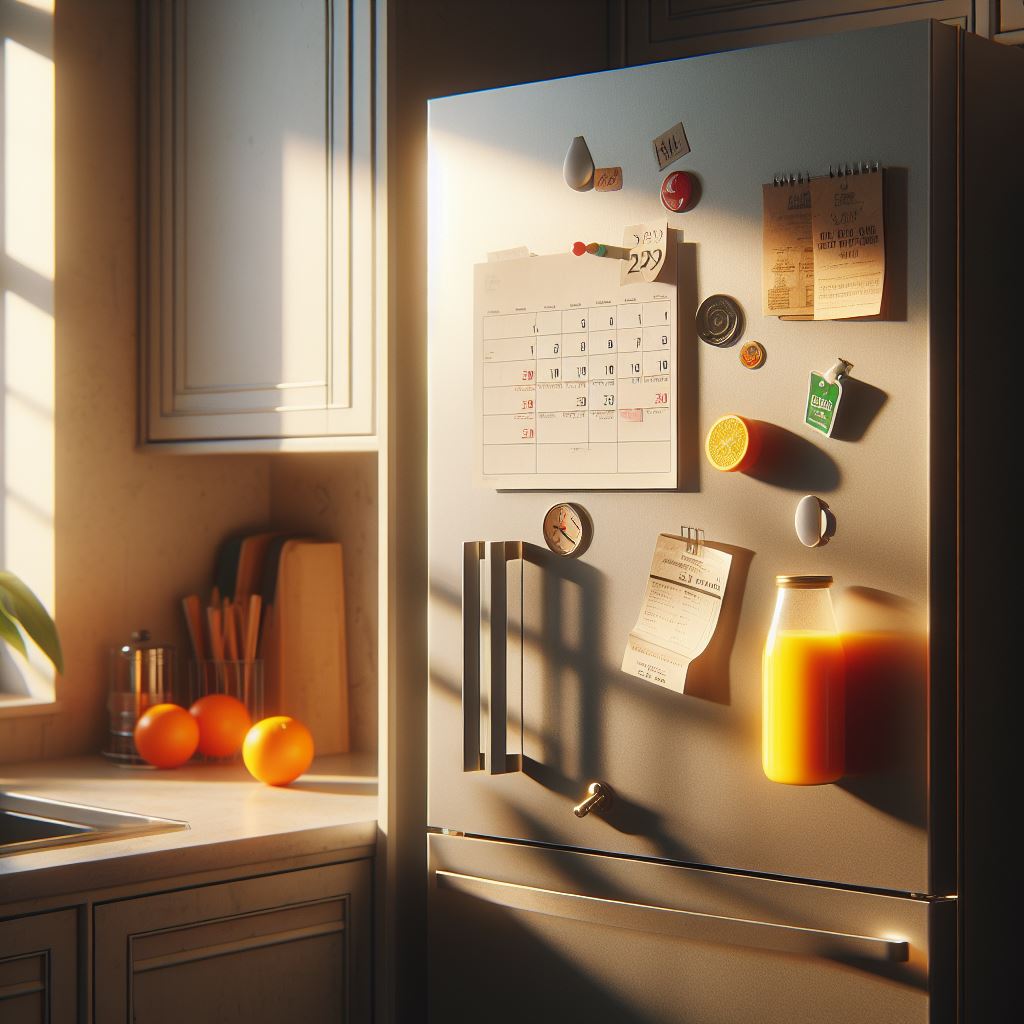Have you ever opened your refrigerator and discovered a puddle of water at the bottom? It can be quite frustrating to deal with a leaking refrigerator, especially when you’re not sure why it’s happening. In this article, we will explore the common reasons why your Whirlpool refrigerator may be leaking water from the bottom and how you can fix the issue. So, grab a towel and let’s dive into solving this pesky problem together!
If you’ve noticed water pooling at the bottom of your Whirlpool refrigerator, it can be a frustrating and messy situation. There are several reasons why this may be happening, and addressing the issue promptly is important to prevent any damage to your floor or the refrigerator itself.
One common reason for a Whirlpool refrigerator leaking water from the bottom is a clogged defrost drain. The defrost drain is located at the back of the refrigerator and is responsible for carrying water from the defrost cycle to the drain pan underneath the appliance. If this drain becomes clogged with debris or ice, the water will not be able to properly drain and may leak out onto the floor. To fix this issue, you can try flushing the drain with hot water or using a pipe cleaner to remove any blockages.
Another possible cause of a leaking refrigerator is a damaged or misaligned water supply line. If the water supply line that feeds the ice maker or water dispenser is cracked or not properly connected, it can leak water onto the floor. Inspect the water supply line for any signs of damage and replace it if necessary. Additionally, make sure the line is securely connected to the refrigerator to prevent any leaks.
A faulty or overflowing ice maker can also be the culprit behind a leaking refrigerator. If the ice maker is not functioning properly or if the ice bin is overfilled, water may leak out onto the floor. Check the ice maker for any malfunctions and ensure that the ice bin is not too full. Adjusting the ice maker settings or clearing any blockages can help prevent leaks.
Lastly, a malfunctioning or clogged condensate pan can lead to water leaking from the bottom of the refrigerator. The condensate pan is located underneath the appliance and collects water that is produced during the cooling process. If the pan is cracked or clogged with debris, water may overflow and leak out onto the floor. Inspect the condensate pan for any damage or blockages and replace it if necessary.
In conclusion, a Whirlpool refrigerator leaking water from the bottom can be caused by a variety of issues, including a clogged defrost drain, damaged water supply line, faulty ice maker, or malfunctioning condensate pan. By identifying the source of the leak and addressing it promptly, you can prevent any further damage and keep your refrigerator running smoothly. If you are unable to determine the cause of the leak or if the issue persists, it may be best to contact a professional appliance repair technician for assistance.
1. Why is my Whirlpool refrigerator leaking water from the bottom?
– The most common reason for this issue is a clogged or frozen defrost drain. When the defrost drain becomes blocked, water cannot properly drain out of the refrigerator and instead leaks onto the floor.
2. How can I fix a leaking Whirlpool refrigerator?
– To fix a leaking Whirlpool refrigerator, you can start by checking and clearing any obstructions in the defrost drain. You can also try cleaning the drain pan located underneath the unit to ensure proper drainage. If these steps do not resolve the issue, it may be necessary to call a professional for further assistance.
3. Is a leaking Whirlpool refrigerator a serious problem?
– While a leaking refrigerator can be a nuisance, it is usually not a serious problem as long as it is addressed promptly. Ignoring a leaking refrigerator can lead to water damage to your floors and walls, as well as potential mold growth. It is best to address the issue as soon as possible to prevent any further damage.
